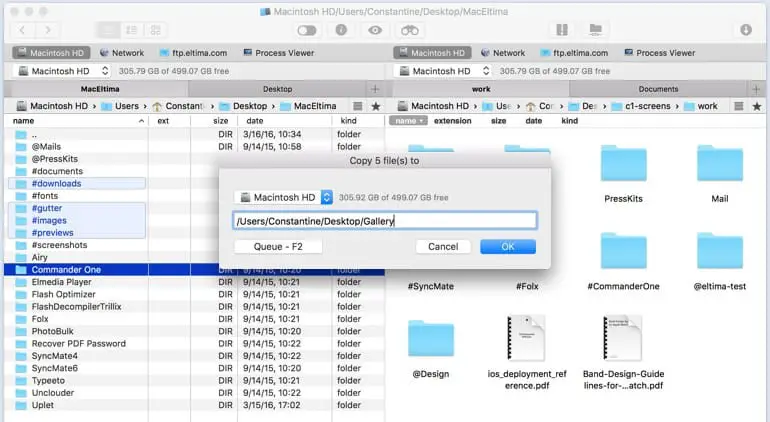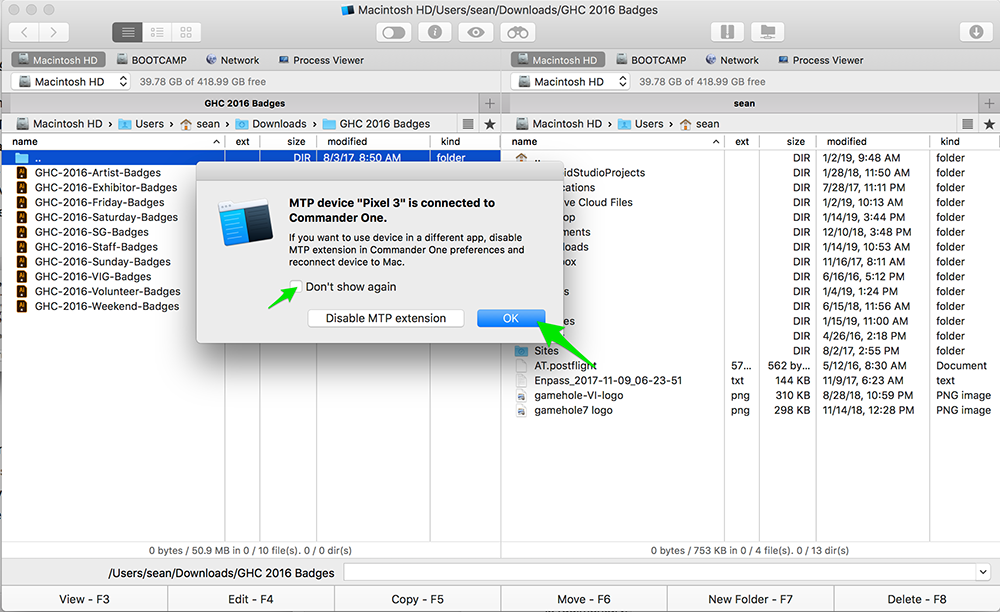

The use of an equal sign ( =) wipes all previous permissions for that category. The u flag sets the permissions for the file owner, g refers to the user group, while o refers to all other users. This Mac Terminal emulator offers the best interface available, including full keyboard access, speech context menu commands, Unicode core, advanced emulation, terminal search, and more.

To remove all existing permissions, set read and write access for the user while allowing read access for all other users, type: chmod u=rw,g=r,o=r file.txt MacTerm for Mac is a very powerful application with tons of features, customization options and a great interface. To set file permissions, you’ll use the chmodcommand at the terminal. RELATED: How macOS Catalina's New Security Features Work Setting File Permissions This is related in part to new security features introduced in macOS Catalina, although file access control lists (ACLs) have been a Mac feature since macOS X 10.4 Tiger back in 2005. If the final character is an at sign ( then it signifies that the file or folder has extended file attributes relating to security, giving certain apps (like Finder) persistent file access.

rwx means the file can be read, written, and executed.r-x means the file can be read and executed, but not written to.rw- would mean the file can be read and written to, but the file isn’t executable.r- would mean the file can be read, but not written to, and the file isn’t executable.- would mean no read or write access, and the file isn’t executable.


 0 kommentar(er)
0 kommentar(er)
